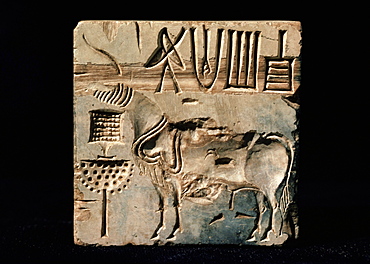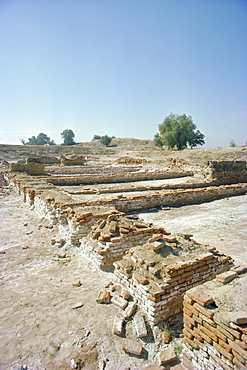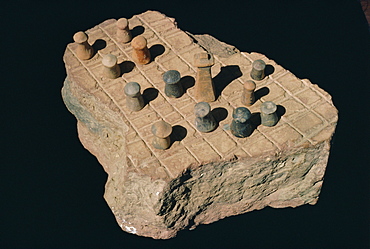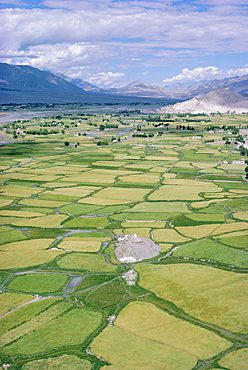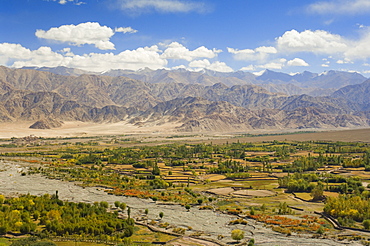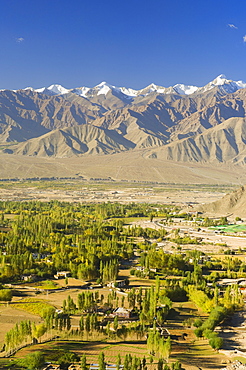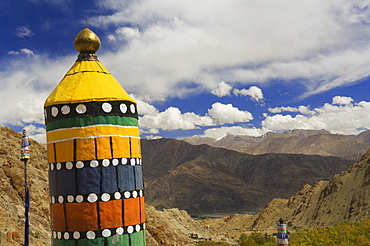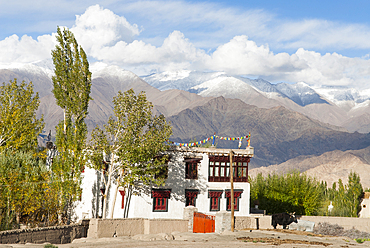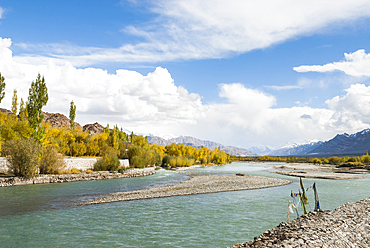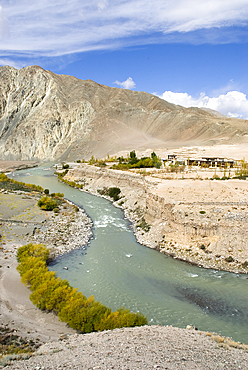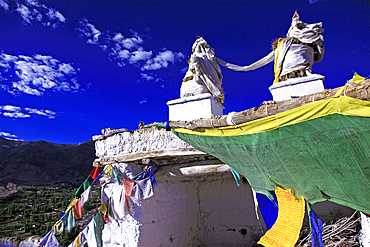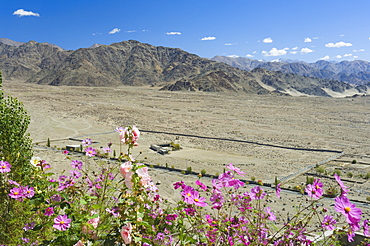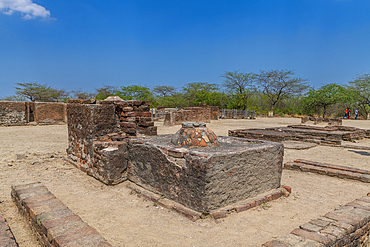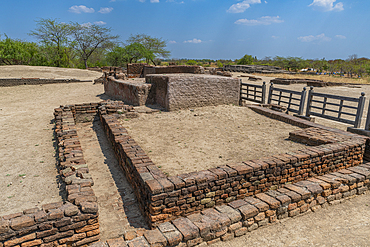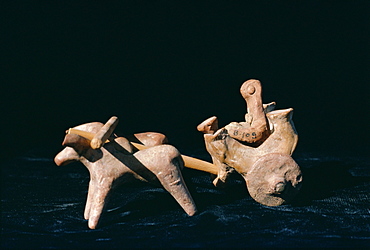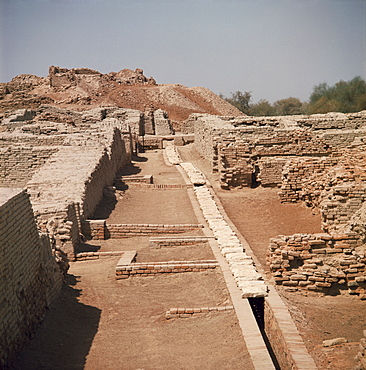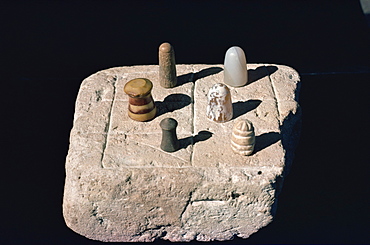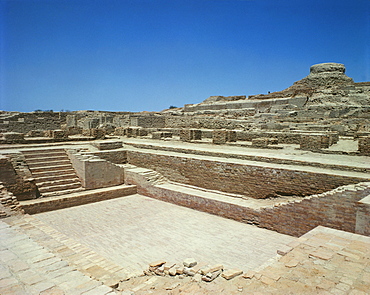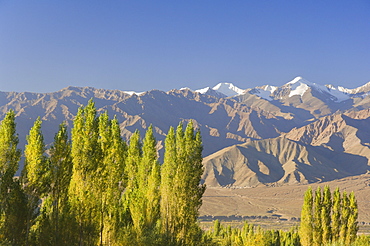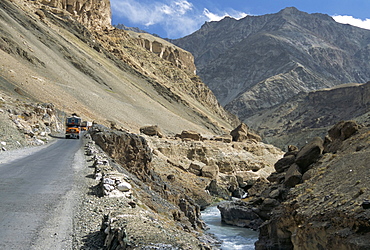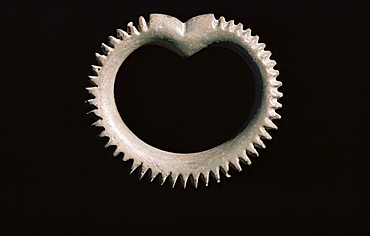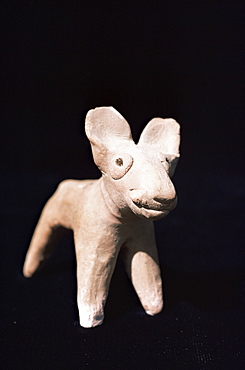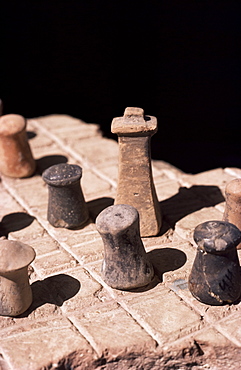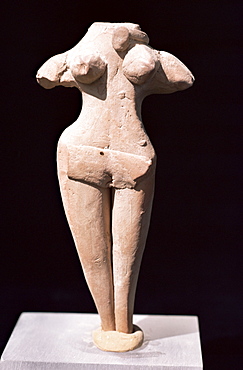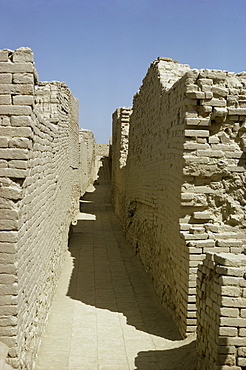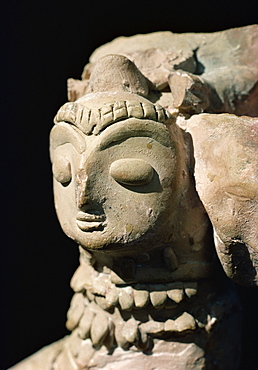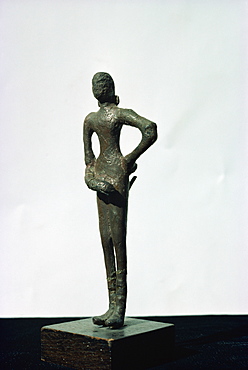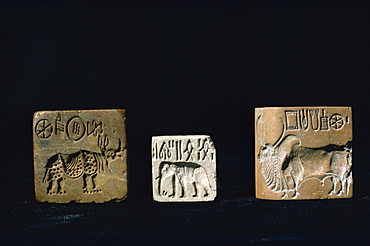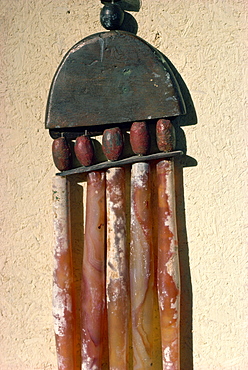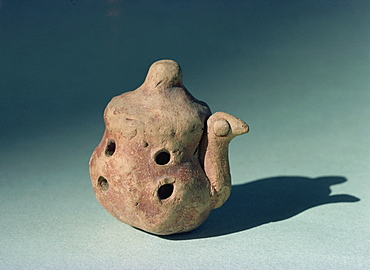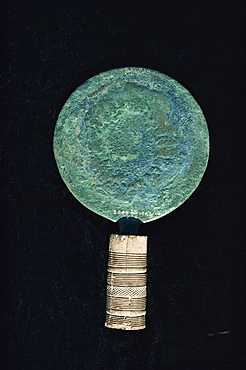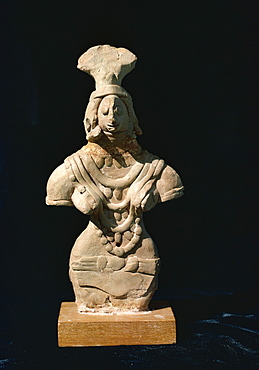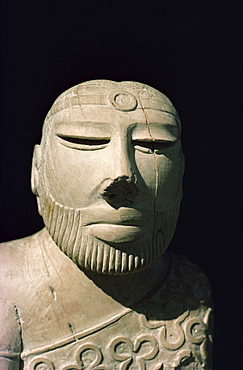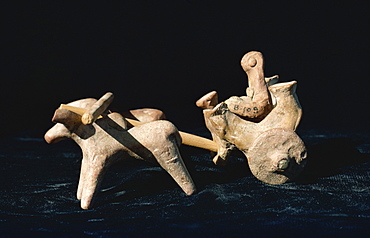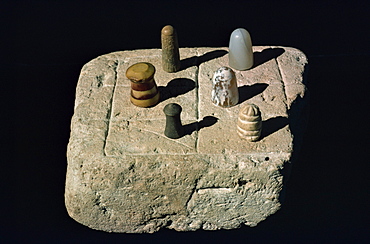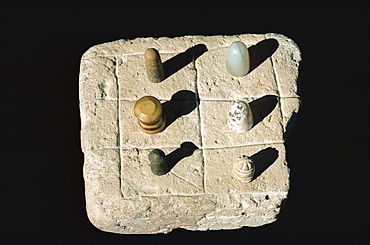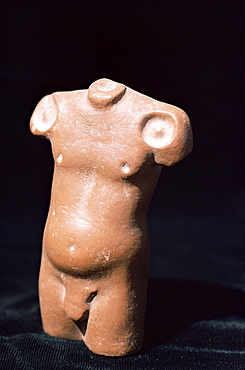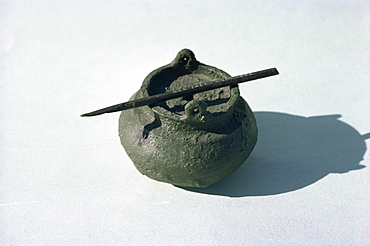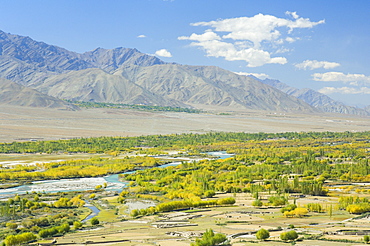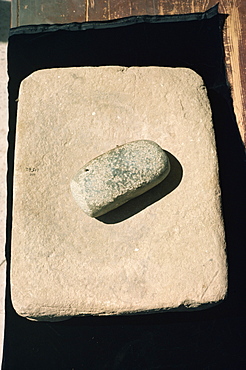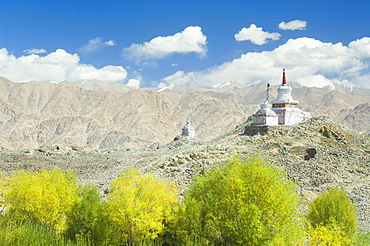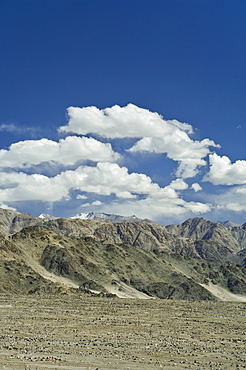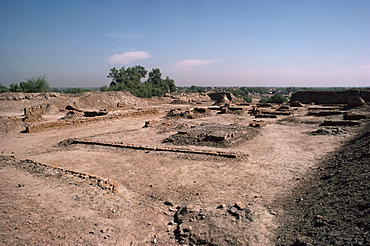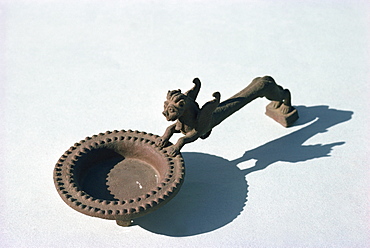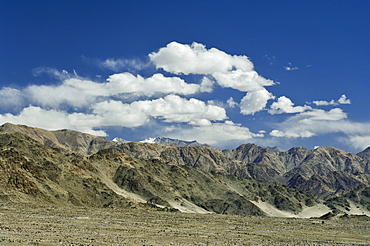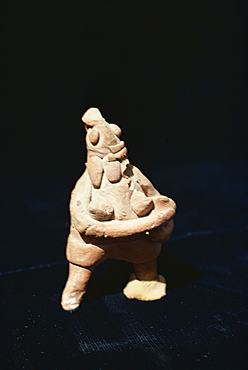Results
81 results found
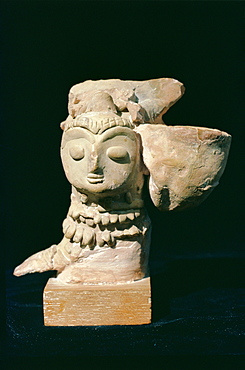
Mother Goddess statue from Mohenjodaro, Indus Valley Civilisation, Karachi Museum, Karachi, Pakistan
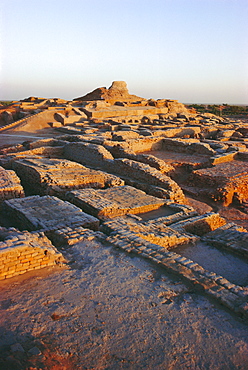
The Citadel with Buddhist Stupa 2nd century AD, Mohenjodaro, Indus Valley Civilization 3rd-2nd centuries BC, Pakistan

Indus River at Skardu looking downstream, Mount Marshakala, 5150m, Mashabrum Range, Karakorams, Baltistan, Pakistan, Asia
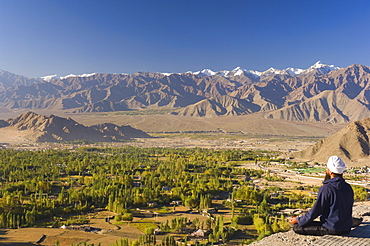
Man meditating, with view of Indus Valley and Stok-Kangri massif, Leh, Ladakh, Indian Himalayas, India, Asia
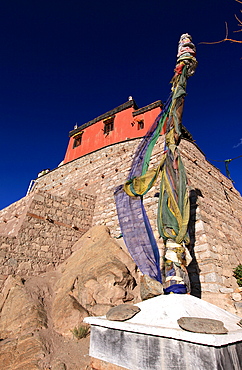
A stupa bound with prayer flags stands under the walls of Leh Palace, Leh, Indus Valley, Ladakh, India, Asia

The huge 15 metre high statue of Maitreya (Chamba) Buddha (the Buddha to come), the largest effigy of Buddha in India, Thikse Gompa, near Leh, Indus Valley, Ladakh, India, Asia
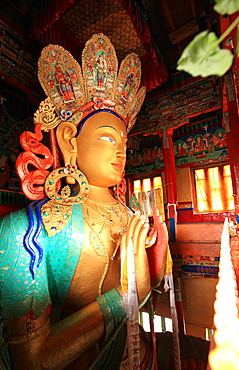
The huge 15 metre high statue of Maitreya (Chamba) Buddha (the Buddha to come), the largest effigy of Buddha in India, Thikse Gompa, near Leh, Indus Valley, Ladakh, India, Asia

Indus River valley with the Tibetan Buddhist Stakna Monastery in the background, near Leh, Ladakh region, state of Jammu and Kashmir, India, Asia
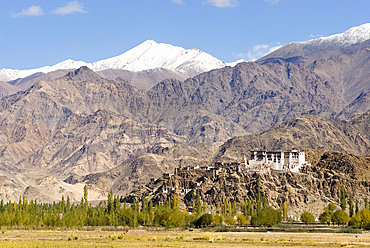
Indus River valley with the Tibetan Buddhist Stakna Monastery in the background, near Leh, Ladakh region, state of Jammu and Kashmir, India, Asia
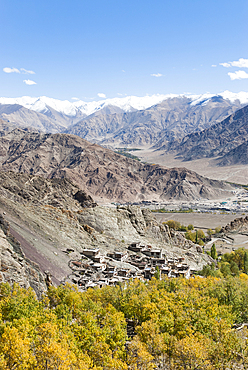
Indus River valley viewed from the Tibetan Buddhist Hemis Monastery, Ladakh region, state of Jammu and Kashmir, India, Asia

Royal Palace above the village of Stok, near Leh, Ladakh region, state of Jammu and Kashmir, India, Asia
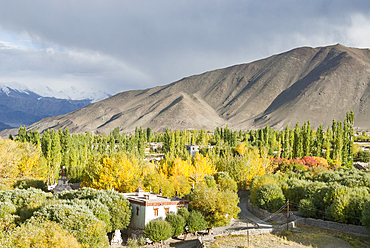
Indus River valley seen from the village of Stok, around Leh, Ladakh region, state of Jammu and Kashmir, India, Asia

Indus River valley seen from the village of Stok, around Leh, Ladakh region, state of Jammu and Kashmir, India, Asia
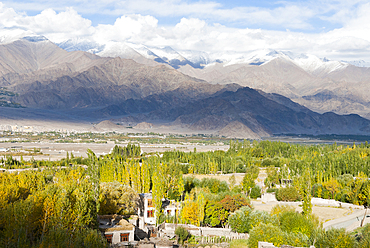
Indus River valley seen from the village of Stok, around Leh, Ladakh region, state of Jammu and Kashmir, India, Asia
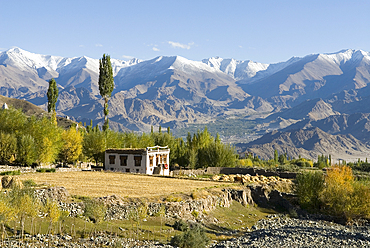
House of the Indus River valley seen from the village of Stok, around Leh, Ladakh region, state of Jammu and Kashmir, India, Asia

Landscape of the Indus Valley near village of Stok, around Leh, Ladakh region, state of Jammu and Kashmir, India, Asia
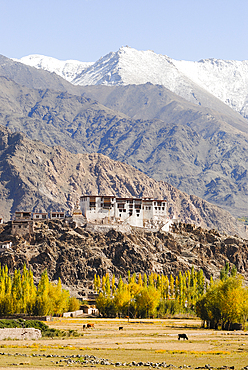
Indus River valley with the Tibetan Buddhist Stakna Monastery in the background, near Leh, Ladakh region, state of Jammu and Kashmir, India, Asia
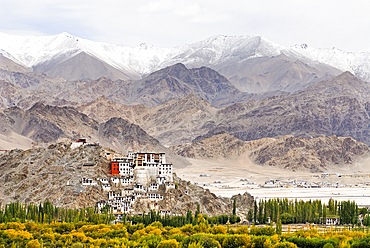
Spituk Monastery (Gompa) in Leh district, Indus River valley, Ladakh region, state of Jammu and Kashmir, India, Asia
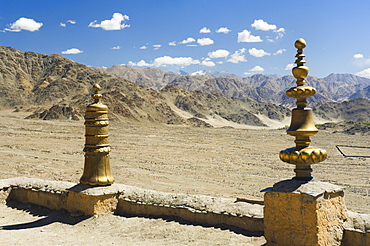
Indus Valley and Ladakh Range seen from Tikse (Tiksay) gompa (monastery), Tikse (Tiksay), Ladakh, Indian Himalayas, India, Asia
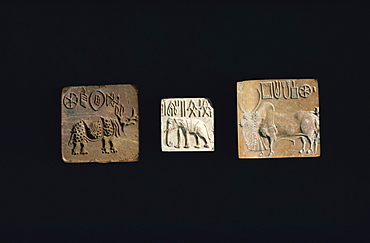
Seals depicting animals from the Indus civilisation of Mohenjodaro, in the Karachi Museum, Pakistan, Asia
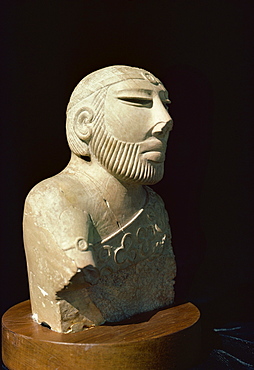
Statue of the king priest from the Indus civilisation at Mohenjodaro, in the Karachi Museum, Pakistan, Asia
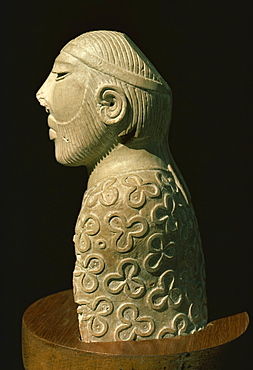
Statue of the king priest from the Indus civilisation at Mohenjodaro, in the Karachi Museum, Pakistan, Asia
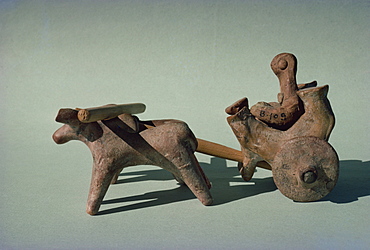
Figure in a chariot or cart drawn by animals, from the Indus civilisation at Mohenjodaro, in the Karachi Museum, Pakistan, Asia
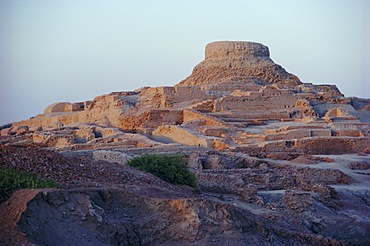
The Citadel with the Buddhist stupa dating from 2nd century AD, from south west, Indus Valley civilization, Mohenjodaro, UNESCO World Heritage Site, Sind (Sindh), Pakistan, Asia
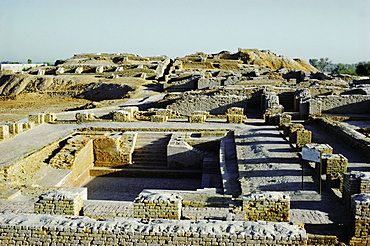
Great Bath of the Citadel from south, Indus Valley civilization, Mohenjodaro, UNESCO World Heritage Site, Sind (Sindh), Pakistan, Asia
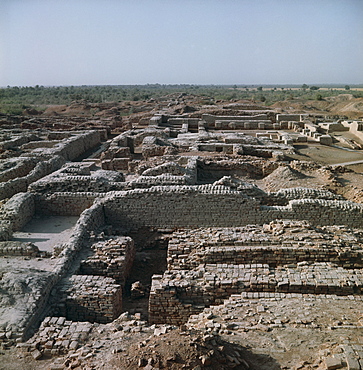
The ruins at the archaeological site of Mohenjodaro, Indus Valley civilisation, UNESCO World Heritage site, Pakistan, Asia
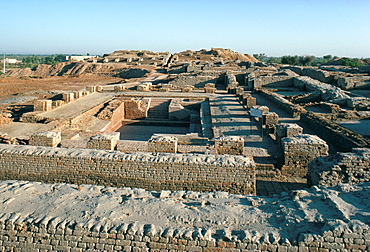
Ritual bath in the citadel, Mohenjodaro, UNESCO World Heritage Site, Indus Valley civilisation, Pakistan, Asia
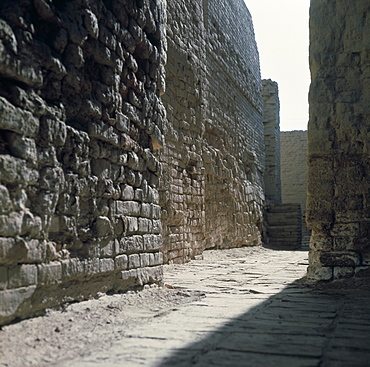
Remains of the Indus civilization, archaeological site of Mohenjodaro, UNESCO World Heritage Site, Pakistan, Asia
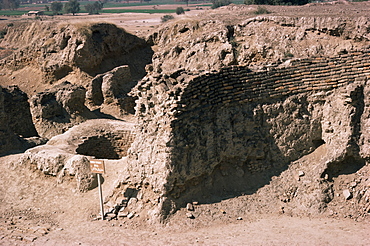
The archaeological site, dating from between 3000 and 1700 BC, Harappa, Indus Valley civilisation, Pakistan, Asia
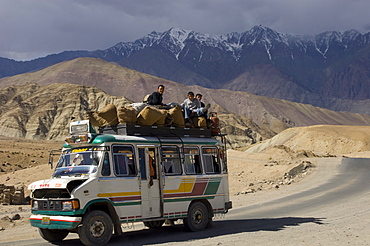
Loaded mini bus with half open engine lid and people sitting on the roof top on the road between Leh and Alchi, Indus Valley, Ladakh, India, Asia
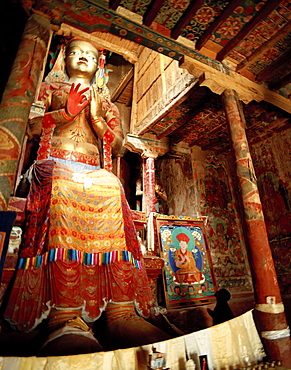
4 storied Buddha statue Maitreya Temple at Basgo Palace, 14th century, former kings palace, Unesco World Cultural Heritage, Indus valley, Ladakh, Jammu and Kashmir, India
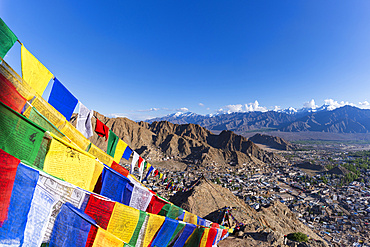
Panorama from Tsenmo Hill over Leh and the Indus Valley to Hemis National Park with Stok Kangri, 6153m, Ladakh, Jammu and Kashmir, India, Asia

Wallpainting, fresco, at the buddhist monastery of Thikse or Thiksay, Indus valley, Ladakh, Jammu and Kashmir, India
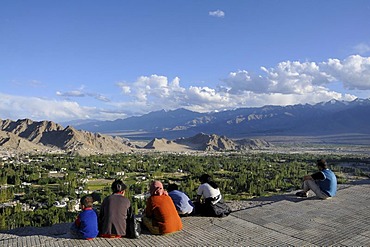
Overlooking the oasis Leh into the Indus Valley, in the foreground Ladakhi people, Ladakh, Northern India, the Himalayas
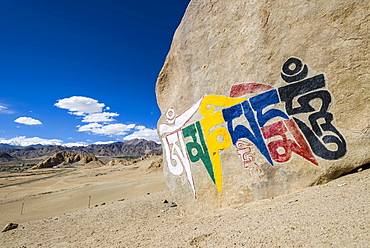
A big Tibetan Mani Stone with the Mantra "Om Mani Padme Hum" colorfully engraved on a hill above the Indus Valley, Shey, Jammu and Kashmir, India, Asia
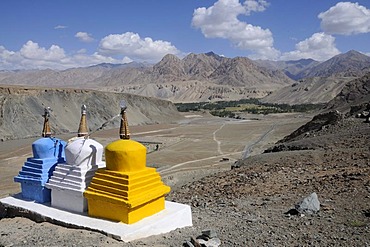
Chorten in the upper Indus valley, following the confluence of the Indus and the Zanskar Rivers, Ladakh, India, Himalayas, Asia
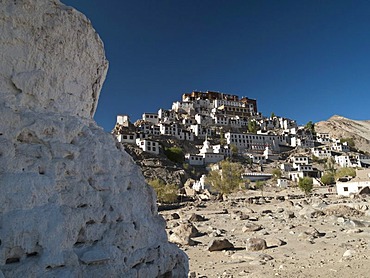
Thikse Gompa, huge monastery situated on a hill south of Leh, overlooking the Indus valley, Jammu and Kashmir, India, Asia
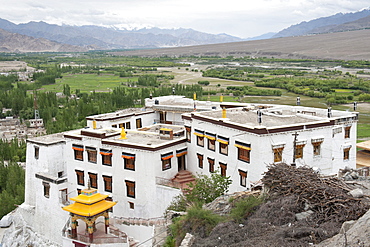
Indus Valley of the Indus River, Tibetan Buddhism, view from the top of Spituk Gompa Monastery near Leh, Ladakh district, Jammu and Kashmir, India, South Asia, Asia
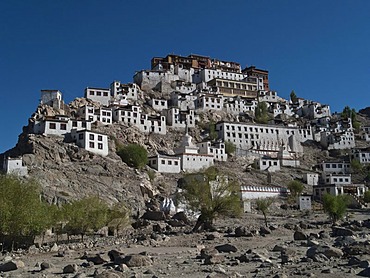
Thikse Gompa, huge monastery situated on a hill south of Leh, overlooking the Indus valley, Leh, Jammu and Kashmir, India, Asia
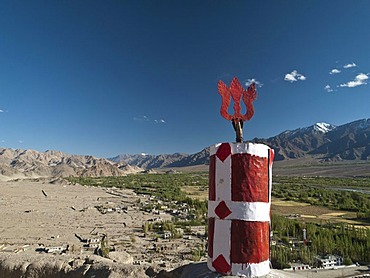
View down south over the Indus valley from the rooftop of Thikse Gompa, Thiksey, Jammu and Kashmir, India, Asia

India, Jammu and Kashmir, Ladakh. A portrait of a novice monk of The Drukpa Kagyud Primary School. The school is part of Hemis Buddhist Monastery located 45 kilometers from Leh in Ladakh, Northern India.

India, Jammu and Kashmir, Ladakh. A group of novice monks pose for a portrait at The Drukpa Kagyud Primary School. The school is part of Hemis Buddhist Monastery located 45 kilometers from Leh in Ladakh, Northern India.

An adolescent Pashtun girl shields her face as she carries water through the streets of the Meira camp for earthquake survivors, Northwest Frontier Province, Pakistan. The conservative code of the Pashtun tribe of the area dictate that girls must cover themselves, including their faces, after their first period. The crowded life in the camp has made such rules difficult to follow. The Meira Tent camp (also called Mera, or Maria camp), is located on the Indus River in the Battagram district. The camp, the largest for displaced people in Pakistan, hosts over 21,000 earthquake survivors, primarily from the Allai valley in Pakistan's NWFP, one of the areas worst-hit by the October 8, 2005 earthquake.
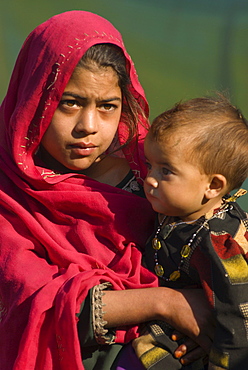
A Pashtun girl holds her younger brother, in the Meira camp for earthquake survivors in the Northwest Frontier Province, Pakistan. The Meira Tent camp (also called Mera, or Maria camp), is located on the Indus River in the Battagram district. The camp, the largest for displaced people in Pakistan, hosts over 21,000 earthquake survivors, primarily from the Allai valley in Pakistan's NWFP, one of the areas worst-hit by the October 8, 2005 earthquake.
